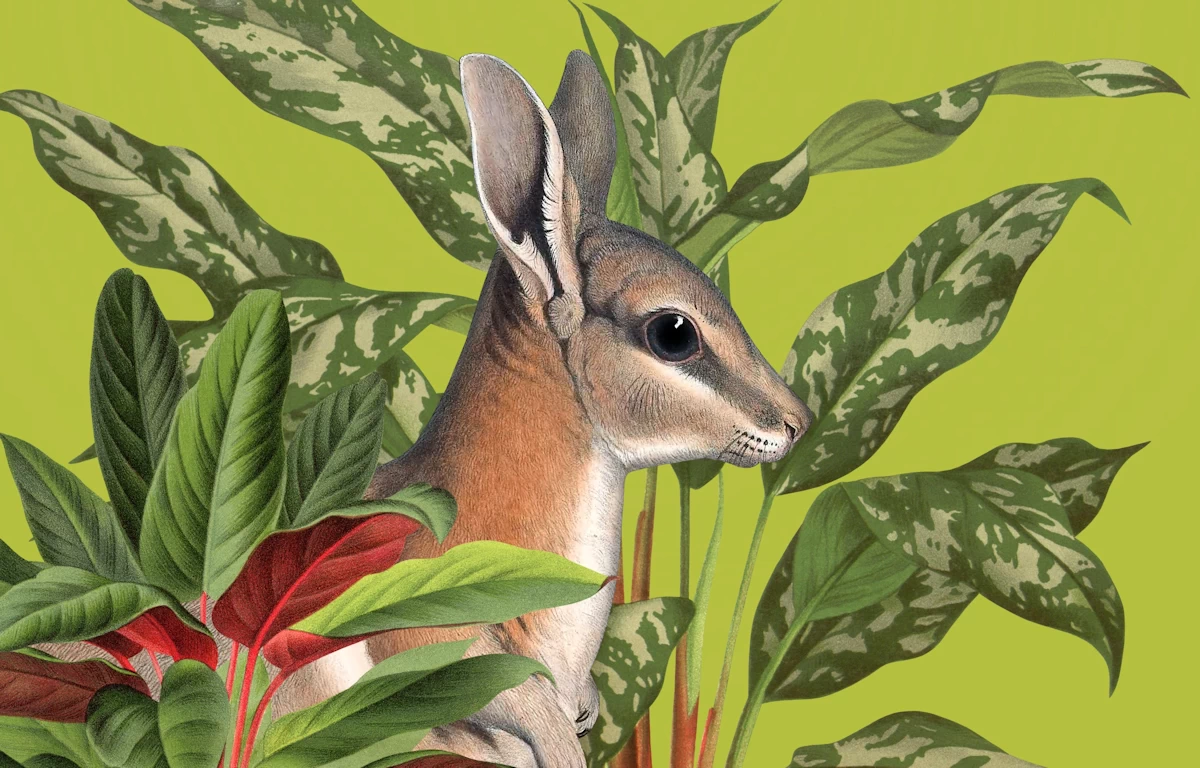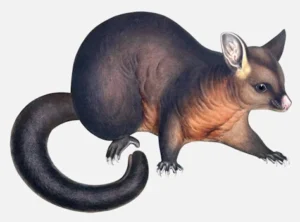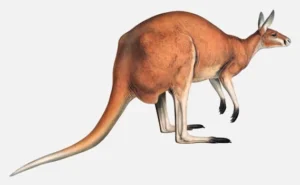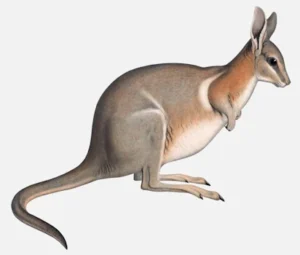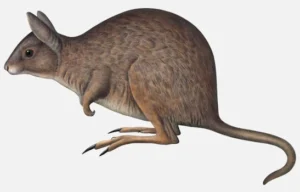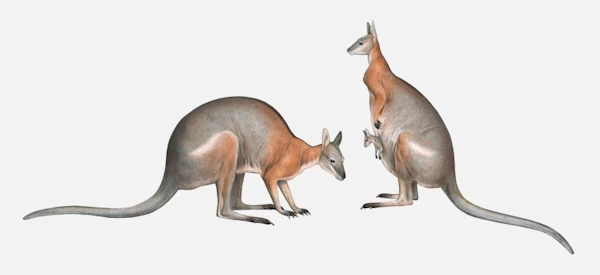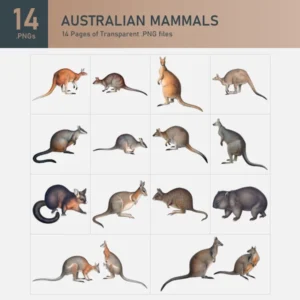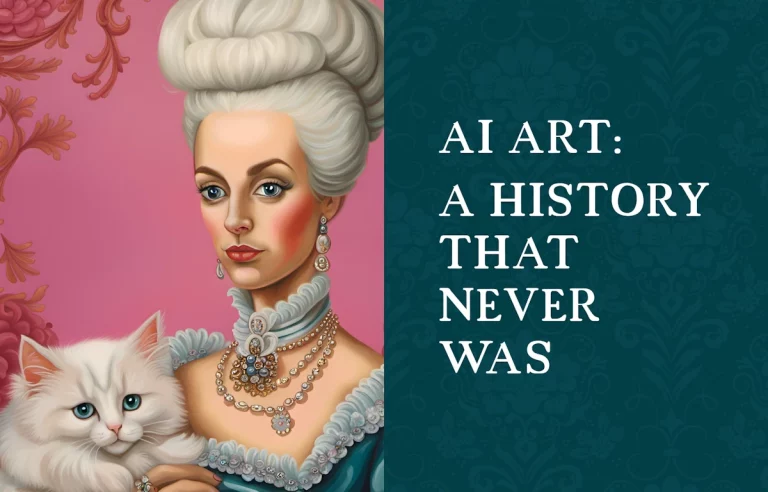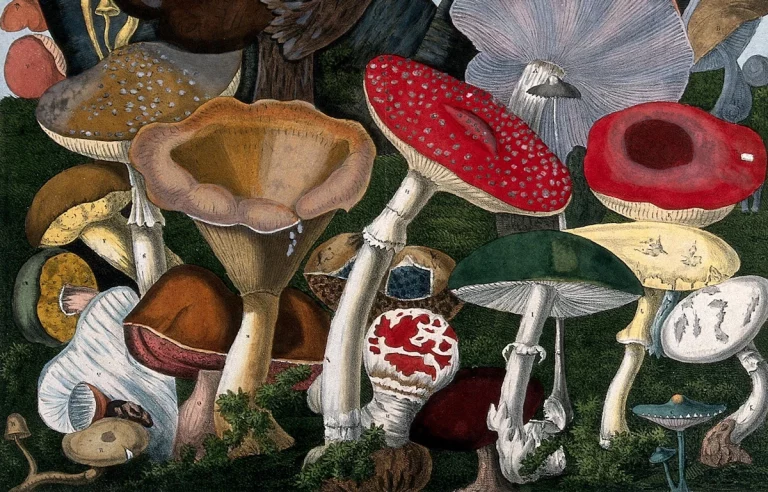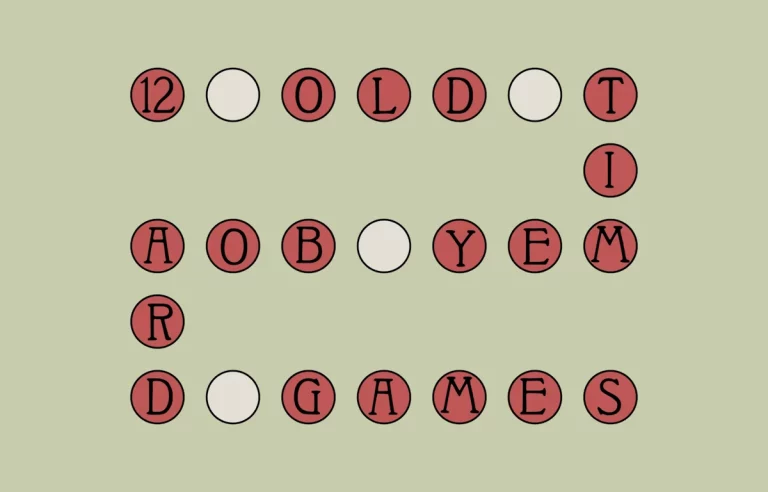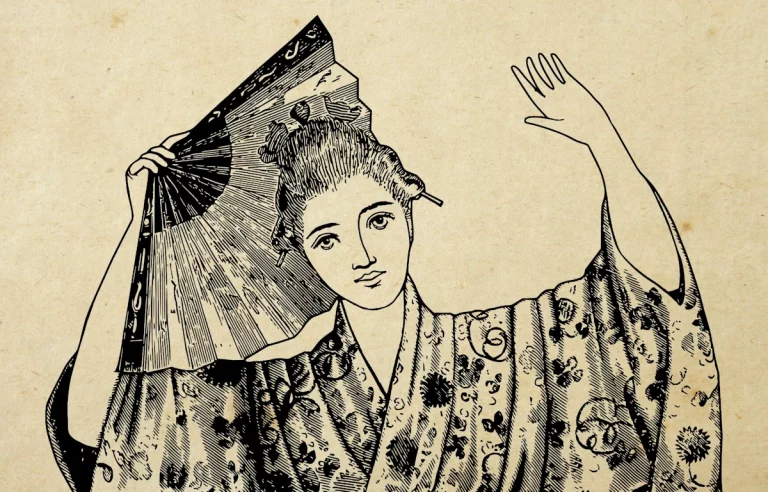Australian Mammals: Wallabies Down Under
Kangaroos, Wallabies and Wombats, oh my! Let’s admire the breathtaking illustrations in John Gould’s 19th century books on Australian mammals.
John Gould
John Gould (1804-1881) was a British ornithologist. He grew up with little education and initially worked as a gardener. After developing an interest and aptitude for taxidermy he left gardening to run a taxidermy business in London. At the age of 23 he became the first curator of the Zoological Society of London. This position allowed him privileged access to exotic bird specimens, many of which had never been described before.
He began to publish books on birds, sometimes written by himself and sometimes others, and often illustrated by his wife Elizabeth Coxen (1804-1841), a talented illustrator and lithographer. John’s sketches were crude, but Elizabeth would recreate the works (and John would receive the credit).
Mammals of Australia
While most of Gould’s research was about birds, he also wrote about mammals too. Gould’s three volume Mammals of Australia (1845-1863) was illustrated by Henry Constantine Richter (1821-1902) based upon John and Elizabeth’s drawings and watercolors.
Mammals of Australia is a fascinating look into Australian 19th century biodiversity. Quite a few of the animals in the books are now extinct. This includes both wallabies below: the crescent nail-tail wallaby and the eastern hare wallaby. The crescent nail-tail was hunted for food by English settlers in Australia, and was last seen around 1950. Eastern hare wallabies went extinct around 1890. It is speculated that this might have been because its grassland habitat was trampled by cattle. Eastern hare wallabies were capable of 1.8 meter high leaps and one even famously jumped over the head of John Gould.
Many of the mammals in the book are marsupials, which only exist naturally in the Americas and Australia, and have the special characteristic of carrying their young in a pouch. Illustrations like this Black-Striped Wallaby family must have been exciting to European audiences who would have never encountered a marsupial before.
We created a collection of 14 of these beauties, background-free and repaired of damages.


